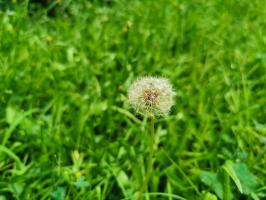How to Clone Plants in Water
Cloning plants can be an easy process and a great way to propagate your favorite plants. One of the easiest methods to clone plants is by using water. Below are some steps to help you successfully clone your plants in water.
Step 1: Choose your Cutting
The first step in the process is to select the stem or cutting that you would like to clone. Choose a healthy plant, and then locate a stem that has multiple leaves. Select one of the stems and ensure it has at least two nodes where leaves emerge.
Step 2: Cut the stem
Use a pair of clean, sharp scissors or garden shears to cut the stem at a 45-degree angle, just below the node. The cutting should measure around four to six inches in length. Avoid crushing or injuring the stem with your cutting tool.
Step 3: Remove the leaves
Gently remove any leaves that are on the lower half of the stem as these will be submerged in water. You can leave a few leaves on the top of the cutting, however. Removing the leaves will prevent the submerged parts from decomposing, which can cause rotting and will not grow roots.
Step 4: Preparation for Watering
After removing the leaves from the lower half of the stem, it is time to prepare for the next step, which involves placing the stem inside the container with water. Prepare a container large enough for the stem, with enough water to submerge the stem about two inches deep without covering the remaining leaves.
Step 5: Place the cutting in water
Place the cutting into the water, ensuring at least one node is inside the water. It is important not to submerge the entire stem or the remaining leaves as they may decompose, causing rotting. Change the water every three to four days to prevent any bacteria growth that can cause the stem to rot.
Step 6: Wait for Root Growth
Within two to three weeks, the stem should start growing roots. Once you see tiny white roots forming, it is time to plant your new clone into soil. Ensure the soil is moist and in a shaded area to prevent damage to the fresh roots.
Conclusion
Cloning your plants through water propagation can be an easy and inexpensive process that allows you to reproduce your favorite plants without spending a lot of time or money. With proper care and attention, you can have many new plants that are identical to your favorite plant in no time!

 how many times do yo...
how many times do yo... how many planted tre...
how many planted tre... how many pine trees ...
how many pine trees ... how many pecan trees...
how many pecan trees... how many plants comp...
how many plants comp... how many plants can ...
how many plants can ... how many plants and ...
how many plants and ... how many pepper plan...
how many pepper plan...
































